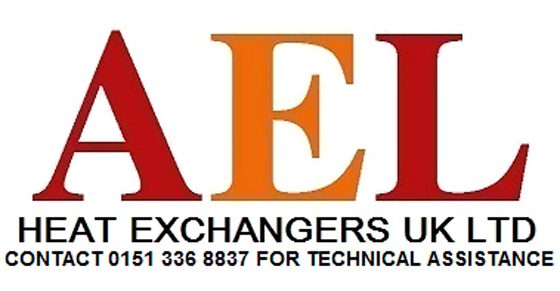If your radiator gives off a very bad smell of bad eggs or similar when you are bleeding it (removing air via the air vent) it is probably a build up of hydrogen sulphide in the water that you can smell.
The presence of hydrogen sulphide in your heating system not only creates a smell but will cause corrosion within your central heating system so needs removing.
There are a few good brands of central heating cleaner and inhibitor available such as Fernox or Sentinel that will be perfect for the job but you will need to drain and flush the central heating system first.
Cleaning Central Heating and Flushing the System
Before introducing a system cleaner into the central heating water you should drain and replace the old water in the system. This will allow some of the deposits suspended in the water and sludge to be removed first.
Draining Down the Water in a Central Heating System
Before starting work, you must make sure that the boiler is switched off and you should isolate the electrical supply. You should also allow the system to cool if it has been running recently. With a vented system you will have a feed and expansion cistern or header tank which will need to be isolated. With a sealed system the water supply is closed via a valve on the filling loop.
When you are ready to drain down your system you must locate the drain cock on your system. This is normally situated at the lowest point of the system in the pipe work and will have an outlet designed for the attachment of a hose. Run a hose from the drain cock to a suitable point outside to drain off the water. You should also open all the air bleed valves on the upstairs radiators to ensure that all the water is allowed to drain out of the radiators and pipework, remember to close the air vents you opened once the heating system is completely drained down.
Refilling the Central Heating System with Water
Close off the drain valve and remove the hose used for draining the system water down. With a vented system, turn the water supply back on at the feed and expansion tank in the attic to allow water to flow back into the system and begin to fill it up with fresh water.
With a sealed or unvented system you will need to open the valves on the filling loop – usually a braided hose – which is usually located just beneath the boiler. Once the filling loop is open you can re pressurise the system to the manufacturer’s recommended pressure – normally around 1 bar.
You must then go to each radiator and remove the air by opening the air bleed valve releasing any air. Start with the downstairs radiators first and then move upstairs. This will reduce the chances of trapping air in the system. On a sealed system you should then re check the pressure on the boiler gauge and top up if necessary.
Adding the System Cleaner
Check the manufacturer’s details for the required quantity of system cleaner before starting. The method of how you introduce the system cleaner into the water will depend on whether you have a sealed or a vented system. For vented systems, the system cleaner will come in a plastic container and the cleaner is added to the water in the feed and expansion tank usually in the loft space.
NOTE: Make sure you add the chemical to the feed and expansion tank and NOT the cold water storage tank.
For sealed systems, the cleaner comes in a cartridge similar to a bathroom sealant container and you will be required to connect the cartridge to a special attachment hose that is supplied to the air vent on one of the radiators and using a sealant gun to inject the cleaner into the central heating system.
Turning the Central Heating System Back On
Switch the electric back on and then the boiler allowing it to operate at its normal temperature for at least one hour. This will ensure that the cleaner has been fully circulated around the system and properly distributed. Many boilers have an air release valve or auto air vent which releases air still in the system but you should also bleed the radiators during this hour to get rid of any trapped air. Leave the cleaner in the system for a week running the central heating system normally. This will allow the system cleaner to break down the sludge and scale into suspension in the water.
Drain and Flush the Central Heating System
Once the cleaner has had sufficient time to work, you will need to drain and flush through the central heating water until it is clear. Once this is done, refill the system and add a suitable inhibitor to protect the system from further sludge build up.
The Benefits
By adding inhibitors to central heating systems, your boiler will operate at optimum efficiency , reduce corrosion, prolong the life of pumps, valves and other components as well as reducing the likelihood of your boiler breaking down.
NOTE: The information above is relevant to all Cast Iron Radiator , Column Radiator, Tubular steel radiator , Aluminium radiator , bathroom radiator and Steel Panel Radiator systems.

